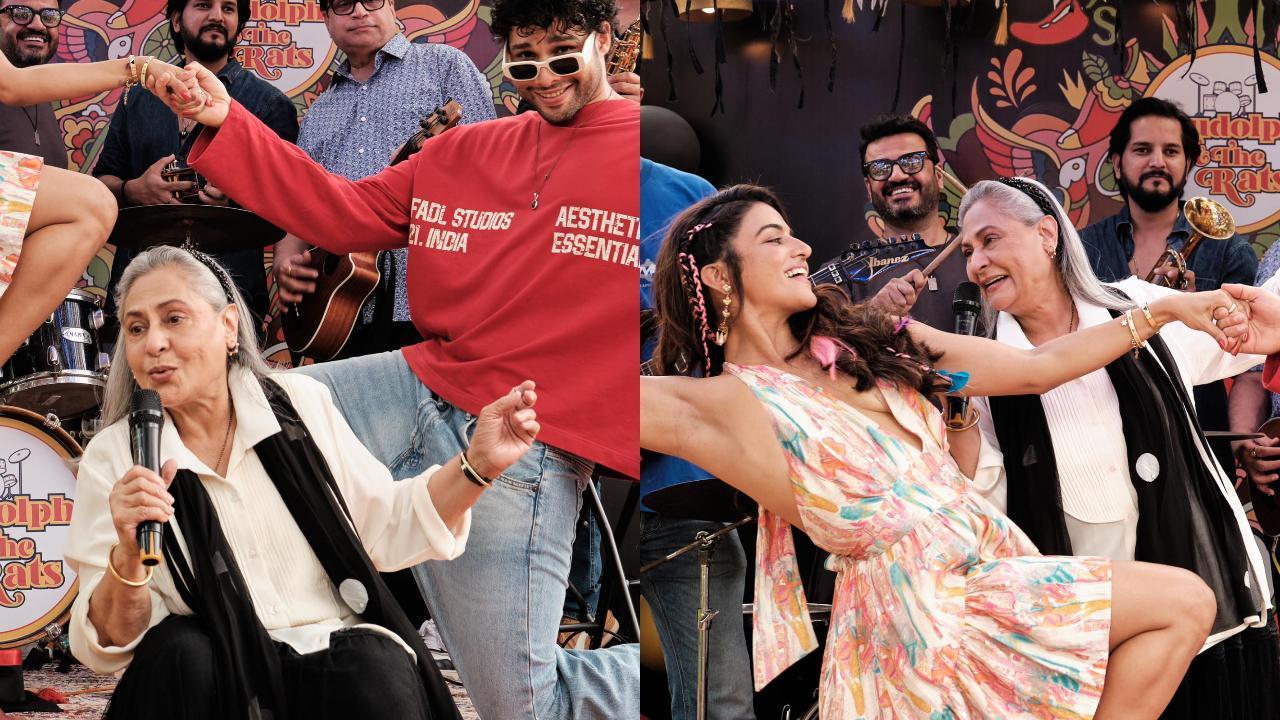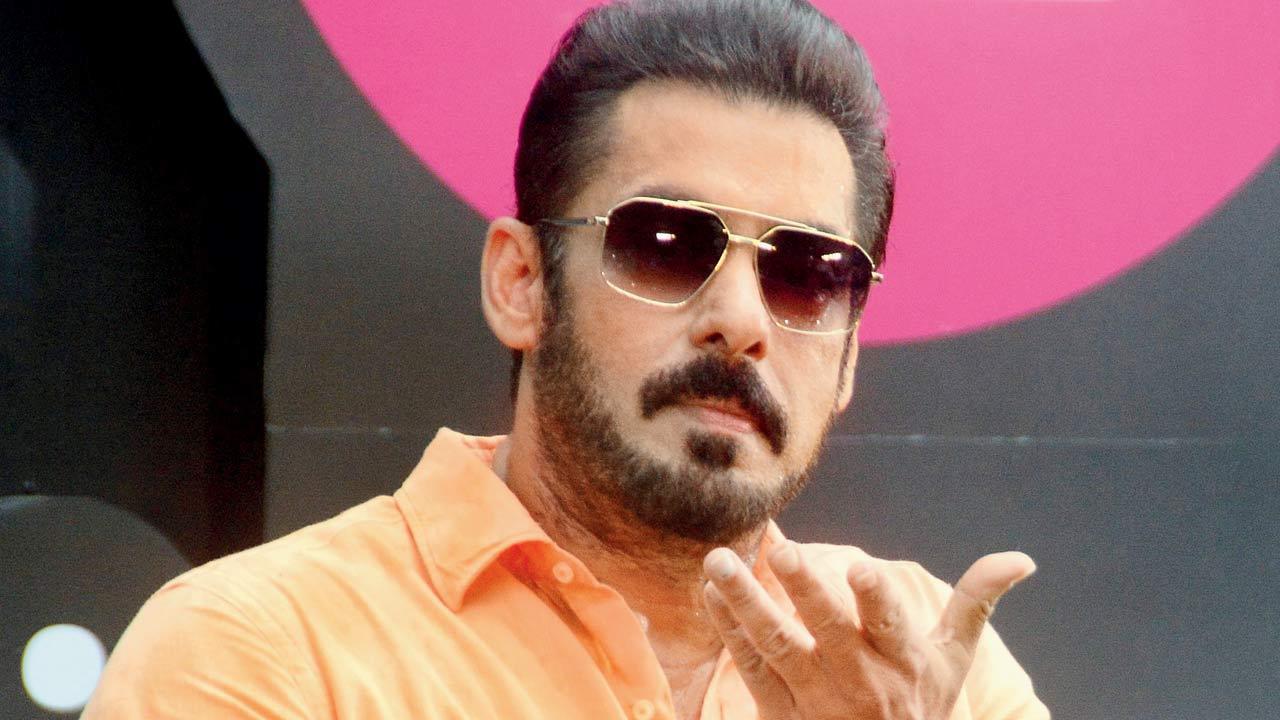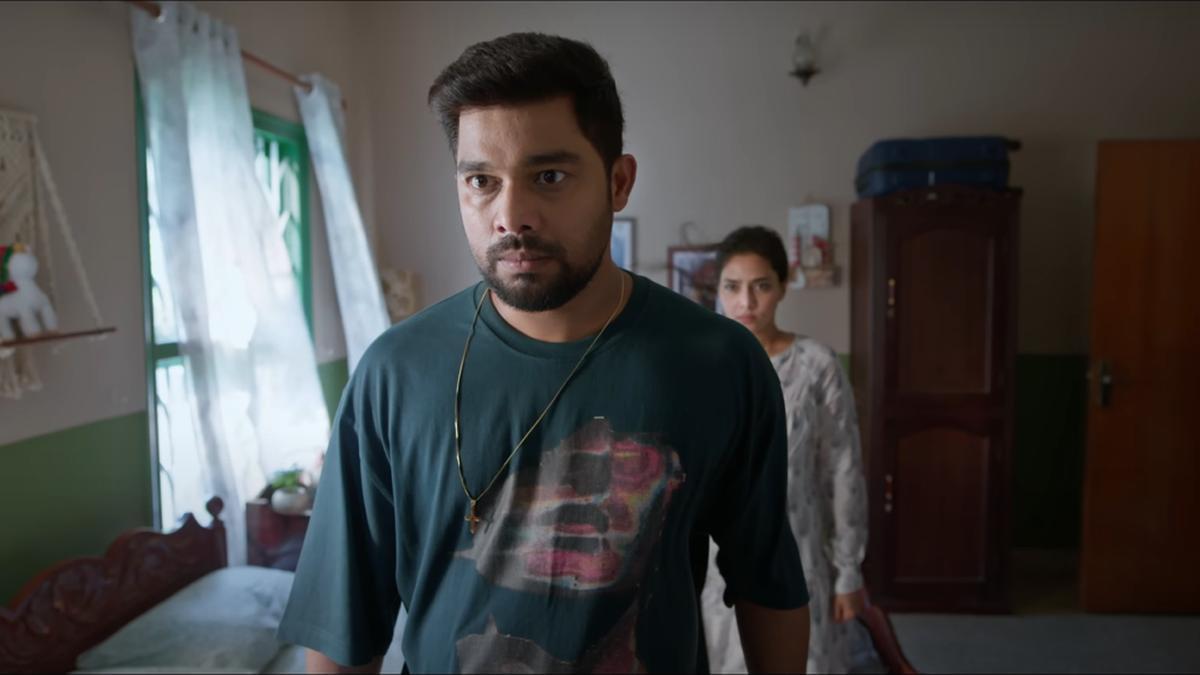
In the landscape of aviation safety, a new cultural phenomenon has emerged from the skies of India. A novel safety demonstration video dubbed the ‘Safety Mudras’ is the latest innovation from Air India, mixing the rhythmic allure of Indian dance with the critical messages of air travel safety. The video has soared to viral status among online communities for its creative and captivating approach to what are often considered mundane in-flight procedures.
The inception of this artistic venture was the brainchild of the acclaimed Prasoon Joshi from McCann Worldgroup India. Teaming up with the musical virtuoso Shankar Mahadevan and the celebrated filmmaker Bharatbala, the project showcases an array of India’s classical dance forms, each deeply rooted in the rich tapestry of the country’s culture. From the expressive Bharatanatyam to the vibrant Bihu, the graceful Kathak to the dramatic Kathakali, the gentle Mohiniyattam to the spiritual Odissi, the swirling Ghoomar to the jubilant Giddha – the video is a visual odyssey that traverses the vast cultural expanse of India.
Conversation with the maestro Shankar Mahadevan, as he journeyed from Coimbatore to Mumbai, revealed the genesis of this concept. “The idea to utilize Indian dance mudras for a safety video was initiated by Prasoon Joshi. At the time, I was already composing theme music for the launch of the rejuvenated Air India. The direction of the video was handled by my dear friend, Bharatbala. Recognizing that every Indian state has its distinctive dance form, we decided to embrace multiple musical genres,” expressed Shankar.
The challenge for Shankar was to orchestrate a composition that would not only convey safety instructions effectively but also resonate on an emotional level, ensuring the information would be both engaging and, more importantly, memorable. “Cabin safety demonstrations involve a lot of gestures which inspired the idea to artistically augment these movements. By adding the creative dimension of dance, we aim to revitalize the routine portrayal of in-flight safety,” he elaborates.
Navigating the unique challenges of this project was no ordinary feat for Shankar. He meticulously crafted a balance between the gravity of safety directives and the allure of artistic expression intrinsic to music and dance. “This wasn’t just any song. We were imparting crucial, serious information to both listeners and viewers. The challenge lay in maintaining the sanctity, gravity, and scope of the message, all the while seamlessly integrating it with music and dance,” Shankar describes his creative process.
For Shankar, the alliance with Air India transcended beyond the parameters of a musical collaboration; it was an embodiment of the airline’s dedication to India’s cultural ethos. The embedded music and dance narratives in the video strike a chord with the airline’s identity, stirring feelings of patriotism and a sense of pride amongst its passengers.
Anticipating future trends, Shankar envisages that the marriage of music and dance with safety demonstrations could redefine in-flight experiences across the airline industry. “By harnessing the emotive power of these art forms, airlines have the opportunity to transform routine safety announcements into compelling and impactful experiences, securing passenger attention with remarkable efficiency,” he contemplates.
Reflective of his own experiences as a traveler, Shankar confesses to often losing focus during traditional safety briefings. However, he firmly believes that an immersive audio-visual presentation of safety information has the potential to captivate passenger attention, promoting the retention of vital safety knowledge—all while providing an enjoyable experience.
The ‘Safety Mudras’ video is demonstrative of how culture and tradition can be leveraged to enhance and enrich the experience of air travel. Air India has not only charted a course for in-flight innovation but also set a soaring example of how safety can be both informative and delightful, with a touch of cultural charm.










